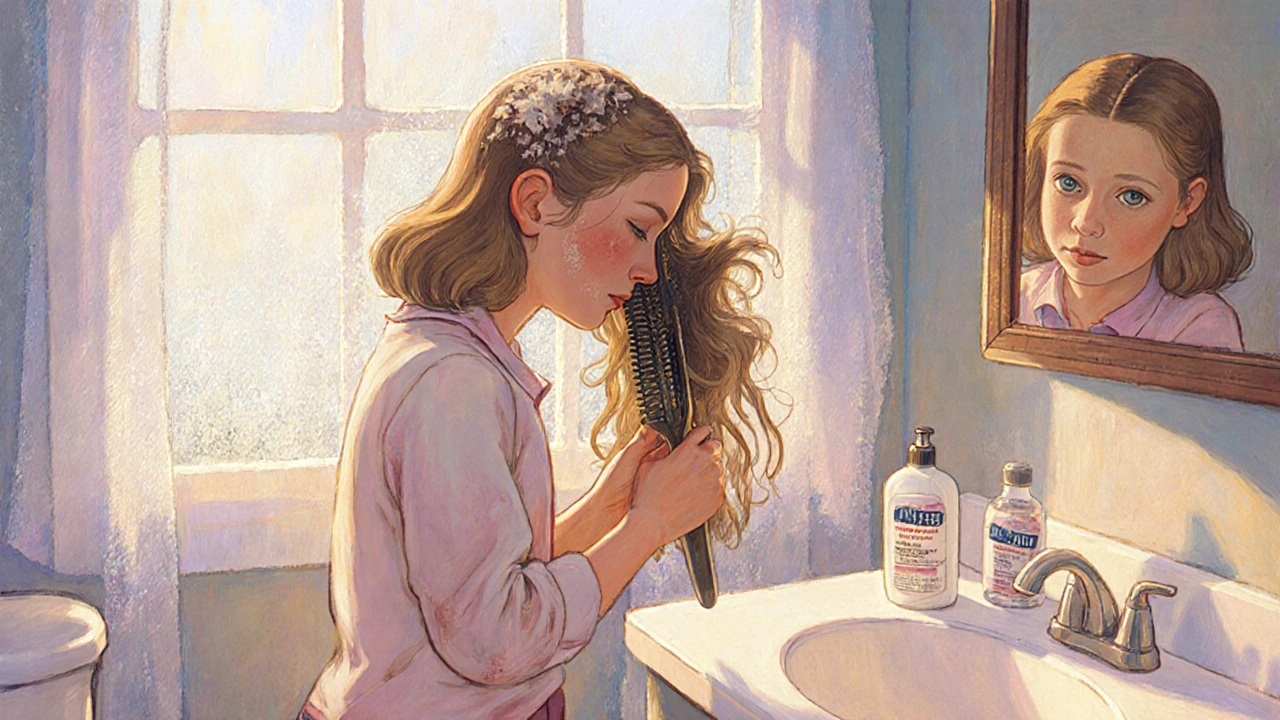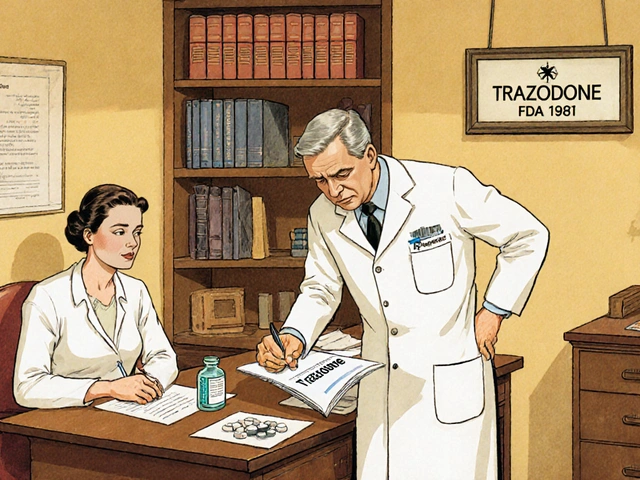Fungal Infection Hair Loss: What It Is and How to Stop It
When dealing with fungal infection hair loss, a condition where scalp fungi damage hair follicles and trigger shedding. Also known as fungal alopecia, it often shows up as patchy thinning, itching, or flaky scalp. The culprit is usually a dermatophyte – a type of fungus that loves warm, moist skin. Understanding how this infection works is the first step to protecting your hair.
Key Players Behind the Problem
The most common scalp fungus is tinea capitis, a contagious infection that thrives in children but can affect adults too. It belongs to the broader group of dermatophyte infections, which also cause ringworm on the body and nails. When these fungi colonize the scalp, they release enzymes that weaken the hair shaft and inflame the follicle, leading to hair loss. Treating the issue usually means starting an antifungal treatment, either oral medication like terbinafine or griseofulvin, or topical solutions such as ketoconazole shampoo. A short course can clear the fungus, but you also need a solid scalp‑hygiene routine to stop re‑infection. Regular washing with medicated shampoo, keeping hair dry, and avoiding shared combs or hats are simple habits that make a big difference. Because the scalp is part of the skin’s ecosystem, other health factors can tip the balance. Hormonal changes, stress, or a weakened immune system can make you more susceptible, which is why some of our other articles cover topics like hormone‑related fluid retention or sleep‑quality effects on immunity. Seeing a dermatologist for a culture test confirms the exact fungus and helps tailor the right medication dosage.
Early detection saves you from months of shedding and costly doctor visits. Look for these red‑flag signs: circular bald patches, persistent itching, scaling, or a “black dot” pattern where hair breaks at the scalp surface. If you notice any of these, book an appointment promptly. Your doctor may prescribe a two‑week oral regimen plus a medicated shampoo for daily use. Beyond medication, lifestyle tweaks boost recovery. A diet rich in zinc, biotin, and vitamin D supports healthy follicles, while avoiding excessive sugar limits fungal growth. Over‑the‑counter antifungal soaps can be useful for family members to prevent spread, but they don’t replace prescription therapy. Our collection below gathers practical guides on related health issues – from hormone‑driven conditions to skin‑care strategies – so you’ll find tools to manage every angle of fungal infection hair loss. Browse the articles to learn how sleep, nutrition, and proper medication use intersect, giving you a full‑spectrum plan to keep your scalp clear and your hair growing. Ready to dive deeper? The posts that follow break down treatment options, show step‑by‑step scalp‑care routines, and explain how to spot fungal infections before they cause noticeable loss. Explore the resources and take control of your hair health today.
How Fungal Scalp Infections Cause Hair Loss - Symptoms, Diagnosis & Treatment
Discover how scalp fungal infections like tinea capitis cause hair loss, how to recognize symptoms, get diagnosed, treat effectively, and prevent future outbreaks.
Read





